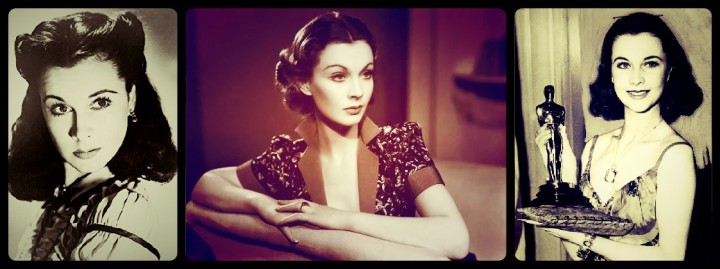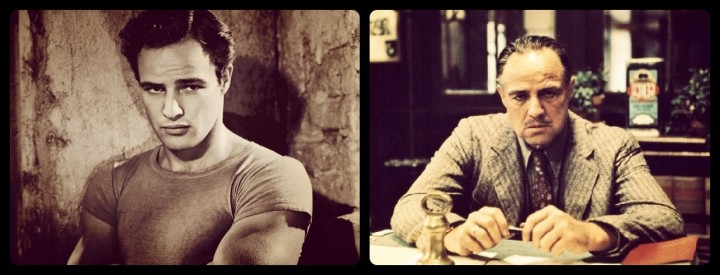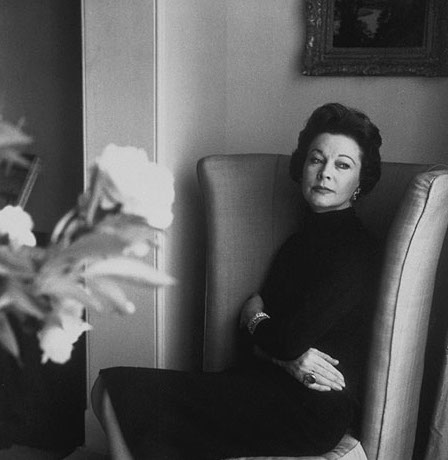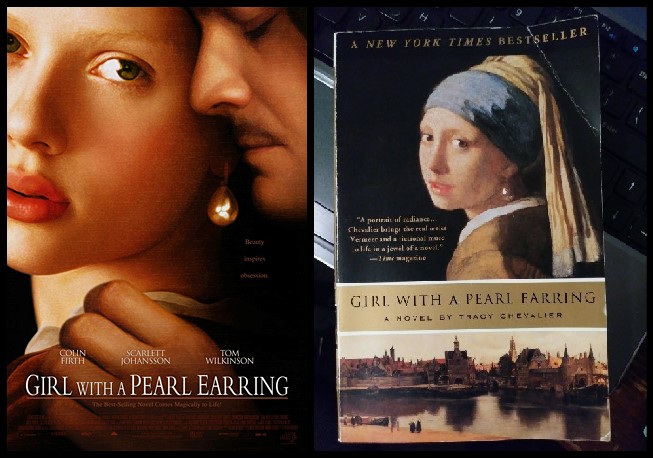In the previous post, I’d written about Vivien Leigh, her life, and her works. One of the most famous movies, if perhaps, not the MOST famous movie she has starred in is Gone with the Wind. In the following post, I’m going to analyze parts of Gone with the Wind, such as the setting and characters, and put the movie into context.
Also, I’m not going to give too much away, so if you want to know more, go see the movie!

Trailer & Clips
The trailer above should provide somewhat of a summary!
Setting & Context
Gone with the Wind takes place before, during, and after the Civil War. The story is told from the point of view of a young woman named Scarlett O’Hara. Scarlett was born privileged during the Antebellum South. The Antebellum South translates into the Pre-war South, how life was before the Civil War. Scarlett O’Hara’s character faces the challenge of dealing with the change of an old way of life into a new one.
In the movie, the Old South is depicted in a very positive way. The slaves on the plantations are shown to be happy, the plantation owners are shown to be kind, and the Yankees are shown to be cruel and savage. Real life, especially in regards to the life of the slave, was nothing like the sketched-life in Gone with the Wind.
In the movie, the idea of the Old South is met with nostalgia. Life during this time is portrayed as noble, fancy, abundant, and lavish. This may have been partly true, but real life was harsh and cruel. In order to understand the setting in Gone with the Wind, it’s important to know some key points in regards to the Antebellum South.
The Antebellum South

The economy is the Old South was primarily based on agriculture. An abundant amount of crops were grown in the South, but the main crop was cotton. Cotton was exported to New England (the north), England, and other parts of the country. In order to harvest this cotton, and feed the demand for the material, labor was required. This labor was slave labor. The South used slave labor because it was cheap, and the slaves were considered to be expendable. As you can imagine, this power dynamic of master and slave led numerous abuses and human rights violations.
The overplanting of crops began to deplete the land. What determined wealth, which determined class, was a number of slaves a master owned. Slaves were objectified and became legal property in the South. Many times they were ripped from their families and sold at auction. They were forced to work long hours, in the sticky humid air, and succumbed to sickness. Gone with the Wind doesn’t show this face of the Old South. Neither does the movie mention how the women were all too often attacked and raped by slave owners.
Gone with the Wind does show a division of status among the slaves. In the movie, there are those who work in the fields and those that work in the home. Those who worked in the home were called “domestics” and did various housekeeping duties. They were under the constant watch of their masters and had hardly any privacy. The domestic slaves usually bonded with the children, and this is shown in the movie with Scarlett’s close relationship with her ‘mammy’.
The takeaway is that Gone with the Wind is fiction, especially in regards to the depiction of the Old South. Even though there were ‘kind’ masters, there was still an uneven power dynamic which led to many waves of abuse on human beings. The depiction of the Old South in Gone with the Wind is fictional and portrays a mythical image of the Old South that never existed in reality.
The Characters
There are the main characters and there are the supporting characters. The protagonist of the story is the high-spirited Scarlett O’Hara. The whole plot of the story revolves around her love for Ashley Wilkes, and her relationship with Rhett Butler.

Minor characters include Melanie Wilkes, mammy, and the sisters and the protagonist’s former cousins. However, the main story is formed around the dynamic between the three characters in the diagram.
Scarlett O’Hara is a vivacious individual. She grew up privileged and was spoiled by her parents. She had a close relationship with her father, whom she was the most similar character-wise.

Before meeting Rhett Butler, she was already in love with the noble Ashley Wilkes, who was going to be married to his cousin Melanie Wilkes. She was very young when the movie began, and thus very naive. During the film, her mind is entirely occupied with Ashley despite the many suitors who are vying for her attention.
Her fixation on Ashley Wilkes is a naive crush. She doesn’t actually love Ashley but the fictionalized image of him that she concocted in her mind. This spells disaster for her relationship with Rhett Butler.
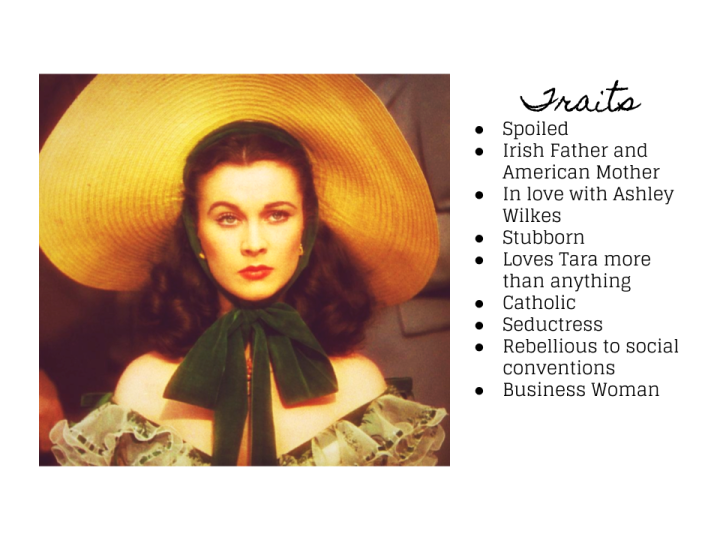
Rhett Butler is an interesting character. At the beginning of the movie, he is framed as a flirtatious playboy who only cares for profit. Although this isn’t entirely false, he ends up revealing a kinder and nobler side of his personality as the film progresses.
He has a lot in common with Scarlett, and he knows this. This is one of the reasons why he is intrigued with her because the both of them are similar. He is “no gentleman”, and is unlike the rest of his southern peers. Like Scarlett, he has a magnetic personality, and the opposite sex is drawn to him. However, unlike Scarlett, he is worldly and far wiser. The war has a profound effect on him. He becomes caring, and empathetic, especially with the birth of his child Bonnie Blue Butler.
His relationship with Scarlett is a passionate one. Although he has many affairs and is able to charm many women, he stays loyal to Scarlett until tragedy tears the two apart.
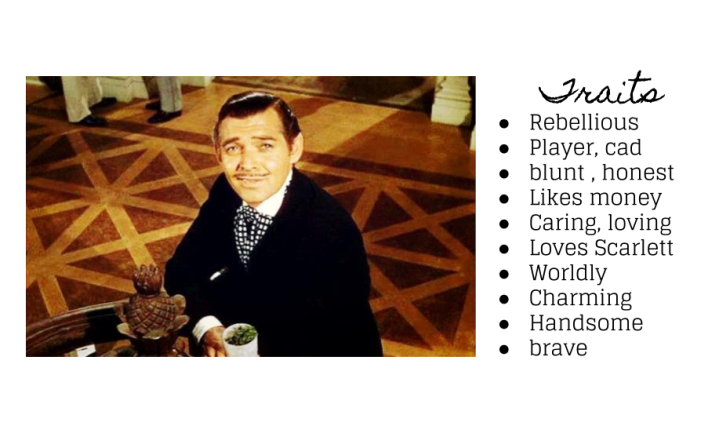
Ashley Wilkes is Scarlett’s primary love interest. This is established in the first scene of the movie where she is getting ready for the barbeque. Her mind is constantly occupied with this character, even when he is married to his cousin Melanie Wilkes (cousins married, ew). Ashley is a noble, and quiet man. He is framed to be honorable, and kind. He is very much the opposite of Rhett Butler, who is rebellious and vivacious. Ashely’s character is very different from Scarlett’s. Ashely is the ideal Southern gentleman, and Rhett Butler is not. 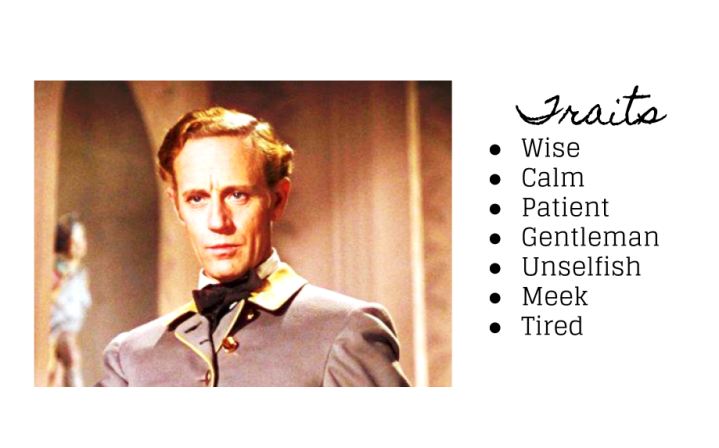
Ashley certainly thinks that Scarlett is attractive, and is tempted by her several times. However, he doesn’t actually love her like he loves Melanie. Scarlett carries the false belief that deep down, Ashley is in love with her. She realizes the truth about his feelings when it’s too late.
Melanie Wilkes, or Melanie Hamilton, is Scarlett’s main rival for Ashley Wilke’s affections. She is Ashley’s cousin (NASTY!) and decides to marry him when he asks for her hand. Melanie and Ashely have very similar personalities, much like Scarlett and Rhett are two of a kind. Melanie contrasts with Scarlett O’Hara’s personality in many respects. Melanie is unselfish and forgiving. Scarlett is very selfish due to her privileged upbringing.

Ashely remains loyal to Melanie throughout the entirety of the movie, and this fuels Scarlett’s jealousy towards the girl. Melanie gets the man that Scarlett has lusted yearned for. Melanie remains oblivious to Scarlett’s affections for a long time and assumes that Scarlett’s concern over Ashley’s wellbeing is harmless.
Melanie considers Scarlett to be a friend and remains her friend until the end of the movie.
>The minor characters are not going to be talked about in this blog post.
Final Thoughts
Gone with the Wind is a difficult movie to examine because it has so many layers. There is a lot more write about, and I might do so in later posts!
……
Sources for Info in Regards to the Antebellum South:
“Conditions of Antebellum Slavery .” PBS, Public Broadcasting Service, http://www.pbs.org/wgbh/aia/part4/4p2956.html.
……



